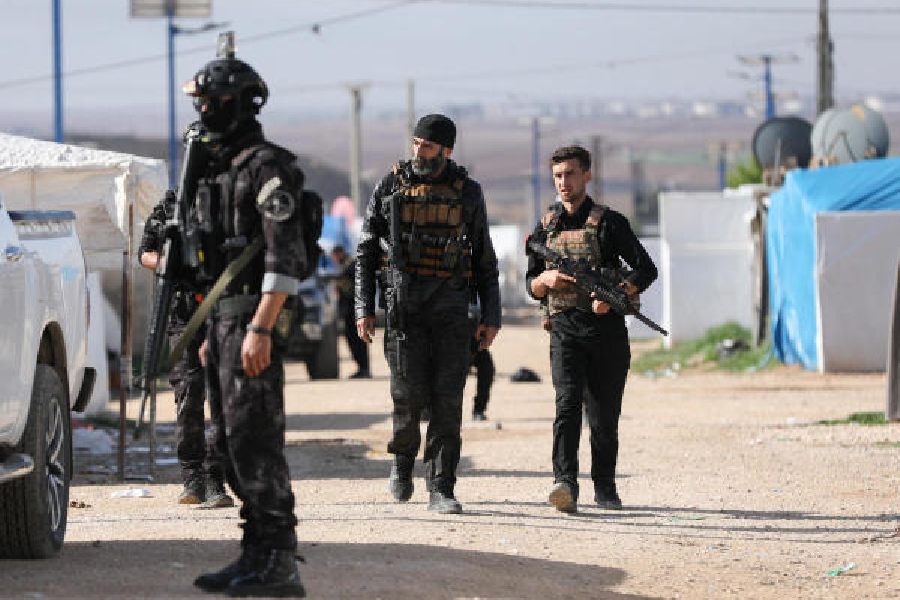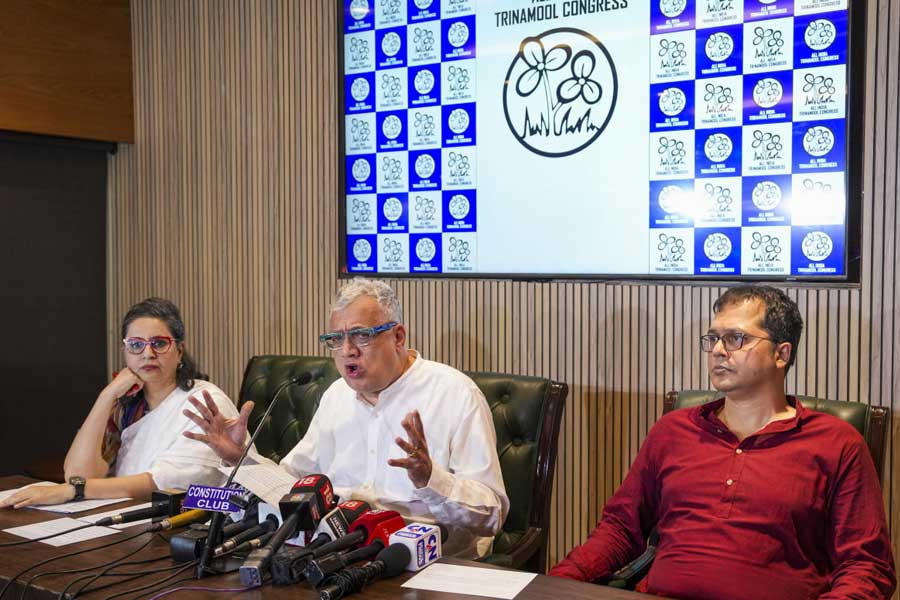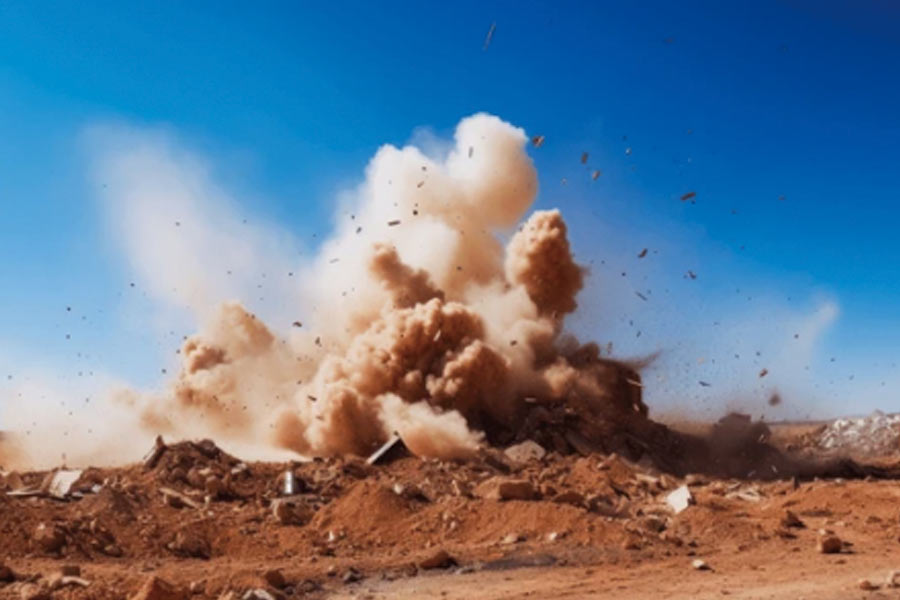The Syrian city was nearly empty in early March, its streets littered with burned cars. Shops were plundered, their windows shattered, and locks shot off. Some buildings were little more than blackened walls and ash.
Emergency workers had turned a looted furniture store into a makeshift morgue. A white pickup truck pulled up, a pair of feet dangling over the back in pink socks with white polka dots. Minutes later, an ambulance arrived with two other bodies, then a blue pickup appeared carrying more.
Nearby, men pleaded with emergency workers to help collect the remains of their killed loved ones.
“There are seven bodies in that building.”
“There’s another body on the square.”
“There are at least 40 bodies on one road.”
The city, Baniyas, was the site of some of the worst violence in Syria last month, when thousands of armed men stormed the country’s Mediterranean coast and killed more than 1,600 civilians, mostly from the Alawite religious minority.
Over three days, gunmen went house to house, summarily executing civilians and opening fire in the streets, according to dozens of residents who spoke to The New York Times.
My colleagues and I managed to report from the city for nearly a day as the killings unfolded. What we found was evidence of a massacre — and a broad failure by the new, rebel-led government to protect Alawites, the group that dominated Syria’s elite circles during the Assad family’s decades-long dictatorship.
The rebels overthrew Bashar al-Assad in December, ending a nearly 14-year civil war that had left half a million people dead. In its first three months in power, the new government restored relative calm to the country, largely restraining those who sought revenge for atrocities committed under the Assads.
The explosion of violence along the coast shattered that fragile peace.
It began in early March, when former security forces in the Assad regime launched a coordinated attack on the new government’s troops across Latakia and Tartus Provinces. To quell the unrest, the government rushed reinforcements to the region, an Assad stronghold with a large number of Alawites, who practise an offshoot of Shiite Islam.
In the chaos, thousands of other gunmen arrived with a different agenda, targeting Alawites in a rampage of sectarian killings.
Many of those killed in Baniyas were buried in a mass grave under the supervision of government security personnel, according to residents who were at the burials as well as photographs and videos of the site verified by The Times.
The new Syrian authorities effectively sealed off the region to foreign reporters as the violence unfolded, forcing us to leave the city. But we spoke by phone with more than 40 residents and interviewed local leaders, Syrian officials, war monitoring groups, analysts and human rights experts.
We also obtained and verified dozens of videos and photographs taken during the killings and their immediate aftermath, despite a government ban on documenting evidence of the violence.
We found that armed civilians and former rebel groups carried out many of the killings in Baniyas. At least some government soldiers deployed to restore order also participated in the killings, according to a Syrian government official and residents.
Our reporting showed how little control the new government and its leader, the former jihadist and rebel commander Ahmed al-Shara, now exercise over the various armed groups and former rebels that have nominally joined his government.
They include Sunni Muslim extremists and foreign jihadists who consider Alawites to be heretics. Many of them, along with those in al-Shara’s own rebel group, Hayat Tahrir al-Sham, also want vengeance for the brutality committed by the Alawite-dominated Assad regime.
The exact identities of all of the armed groups involved in the killings remain unclear.
Syria’s authorities have denied that their security forces committed atrocities, but said that they were investigating and holding to account anyone who had harmed civilians. In March, the government formed two committees, one to investigate those involved in violence against civilians and another to protect Alawite communities on the coast from further violence.
Security forces have arrested at least two people in connection with the violence, officials said, though the investigation remains ongoing. No evidence has surfaced to suggest that senior leaders in the new government directed the killings, according to war monitors and diplomats. Government officials did not respond to a request for comment for this article.
In Baniyas, the government’s assurances have meant little to residents who saw the chaos.
Over the past month, around 20,000 Syrians have fled to Lebanon, according to Lebanese officials and rights groups. Thousands more are still hiding at friends’ homes and sheltering inside a Russian air base in the region.
“They killed the people, they burned the houses, they broke into the stores,” said Siba, 30, a Baniyas resident, who like most people we interviewed preferred to go by only her first name, for fear of retaliation. “I’m terrified.”










